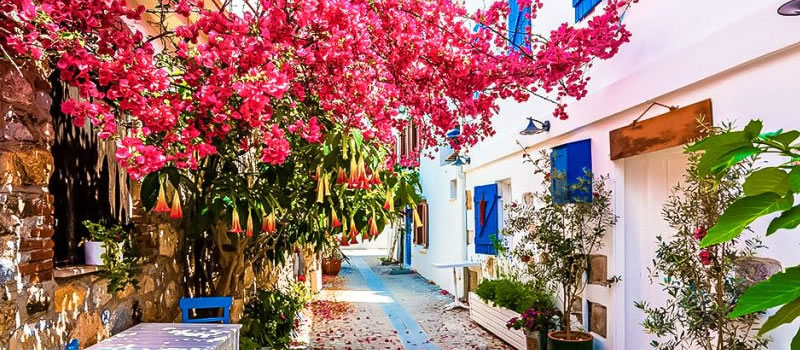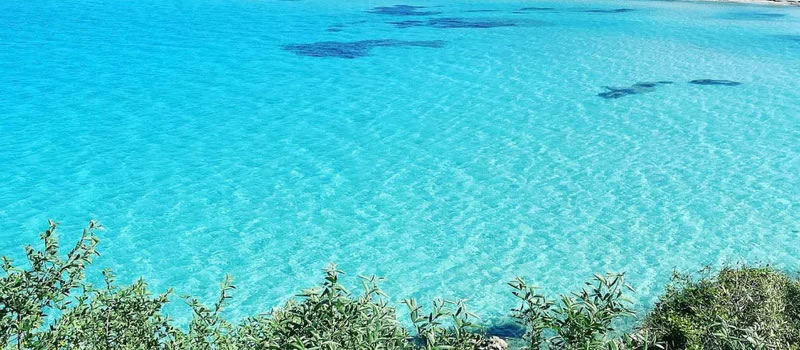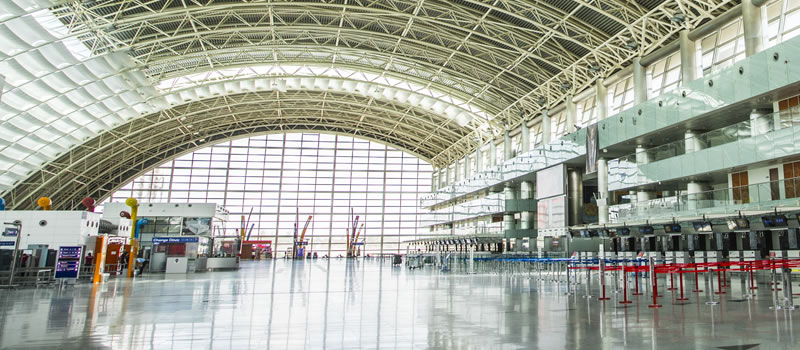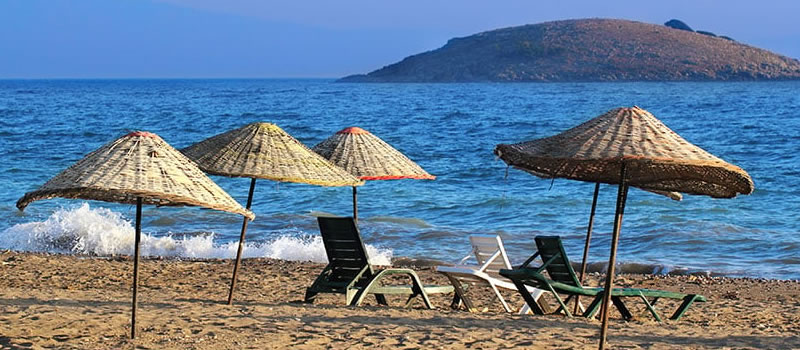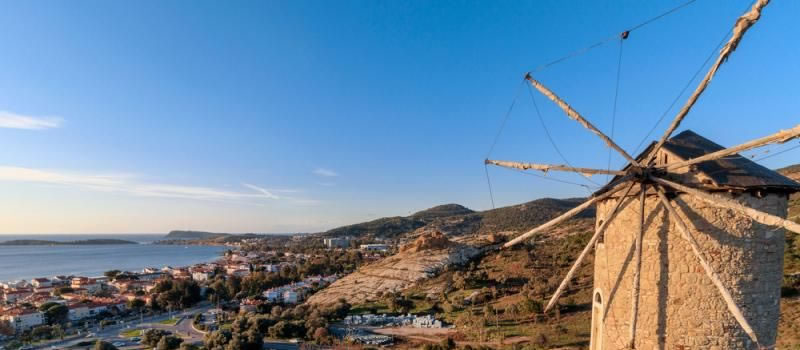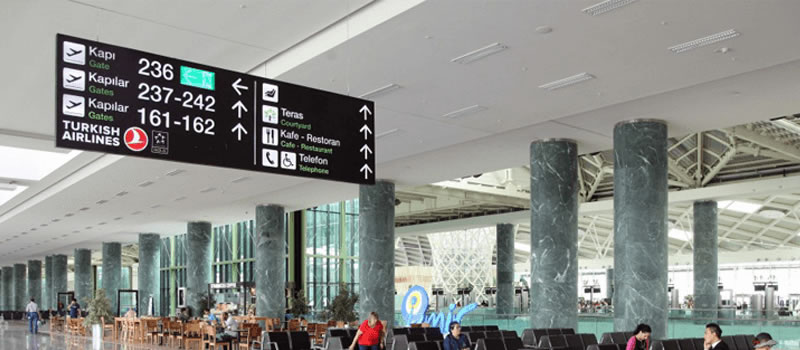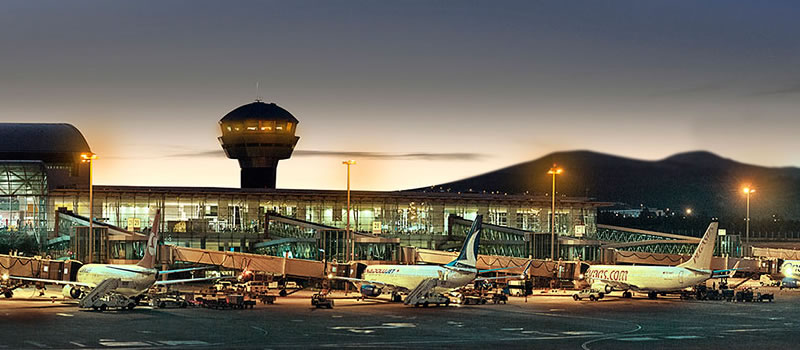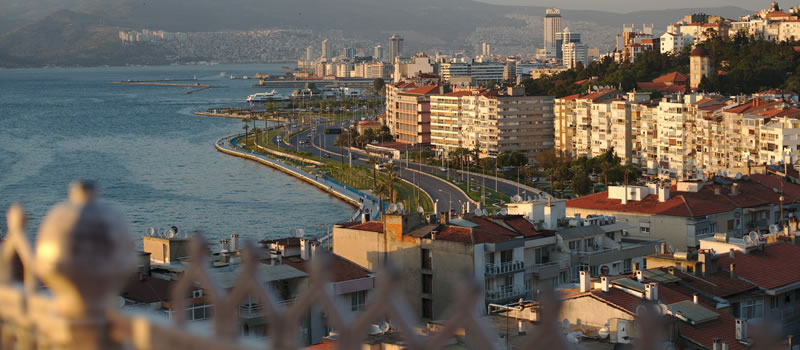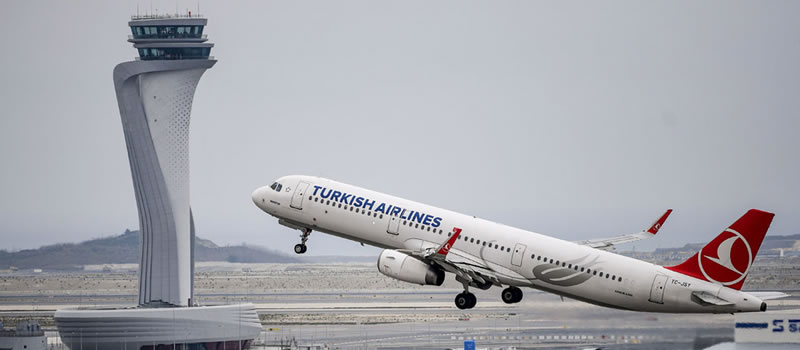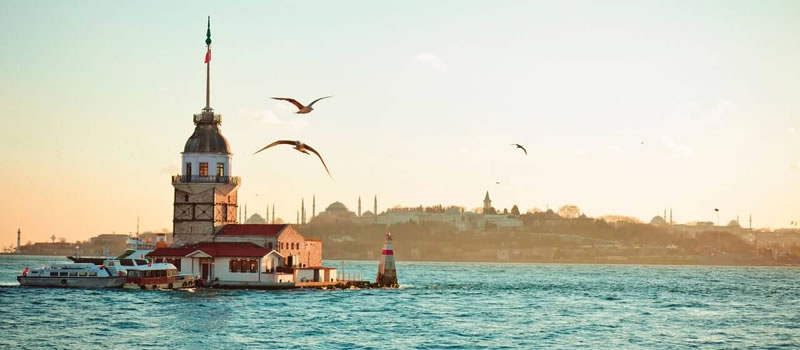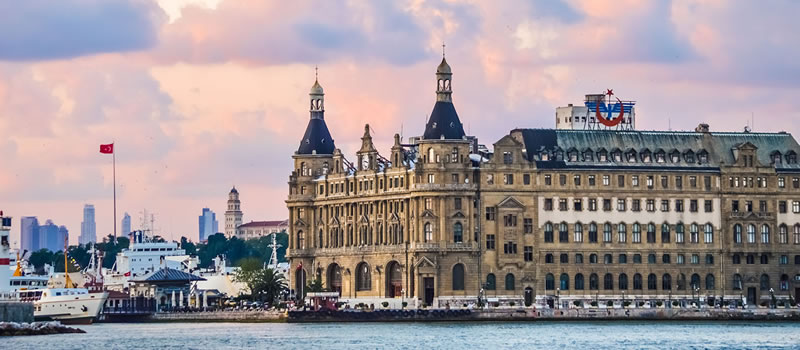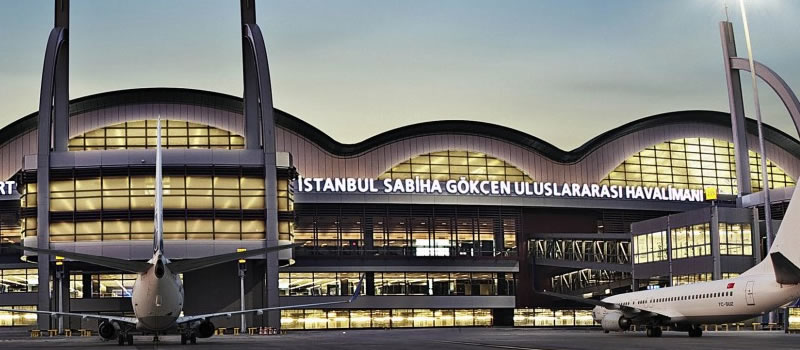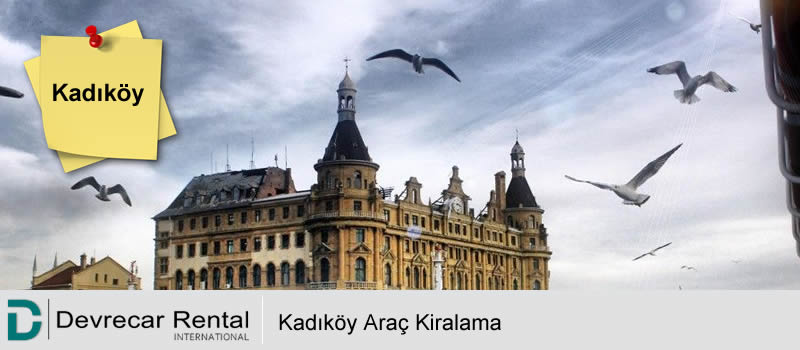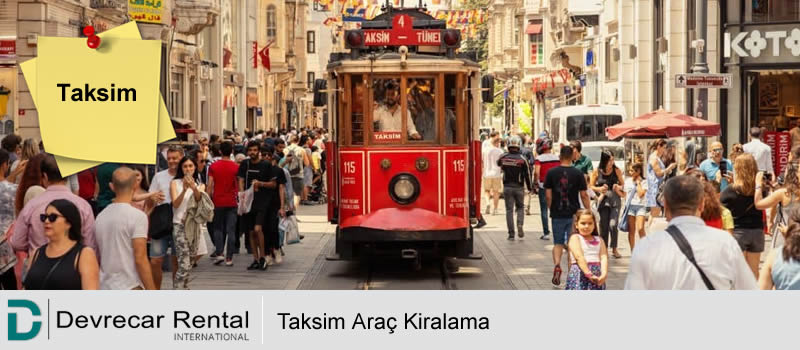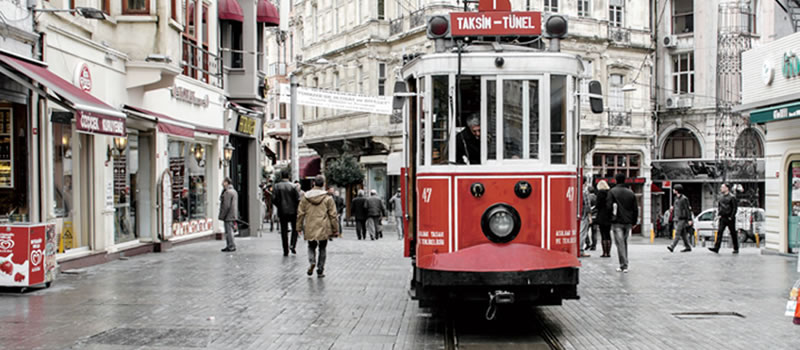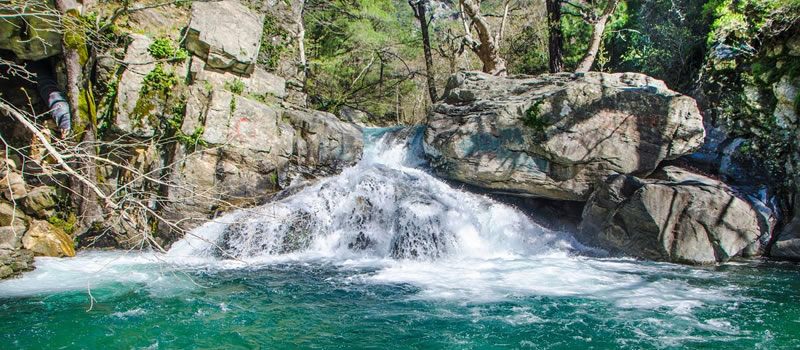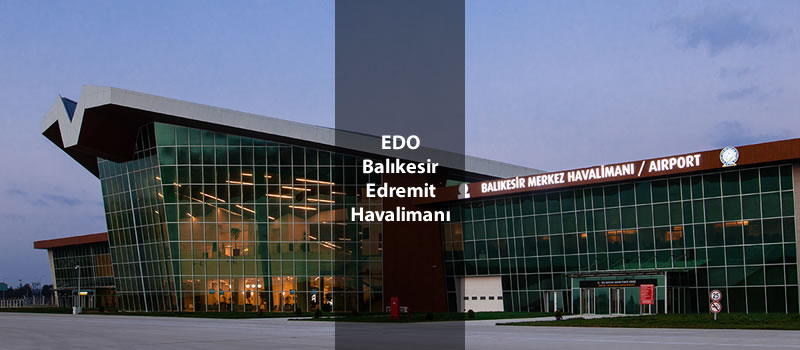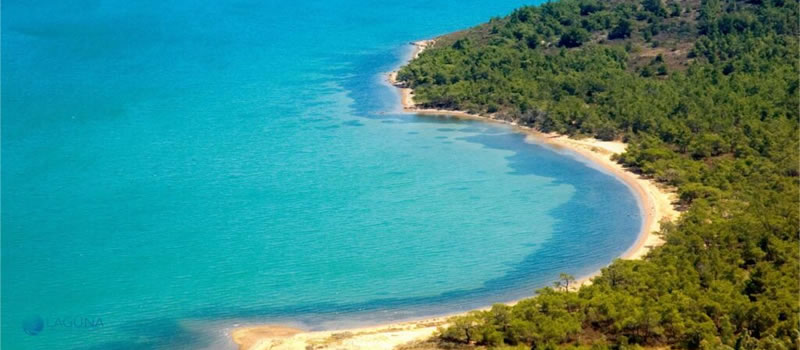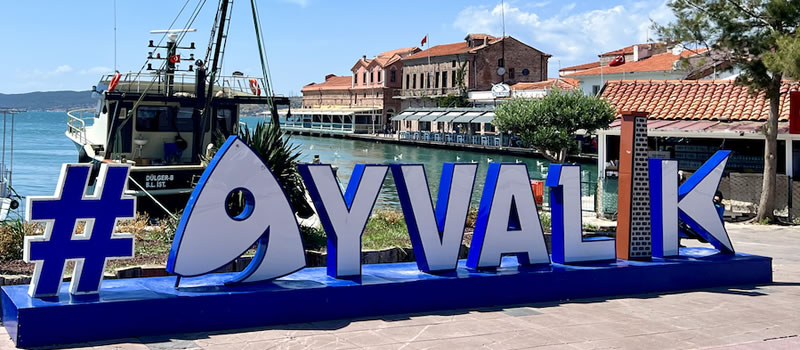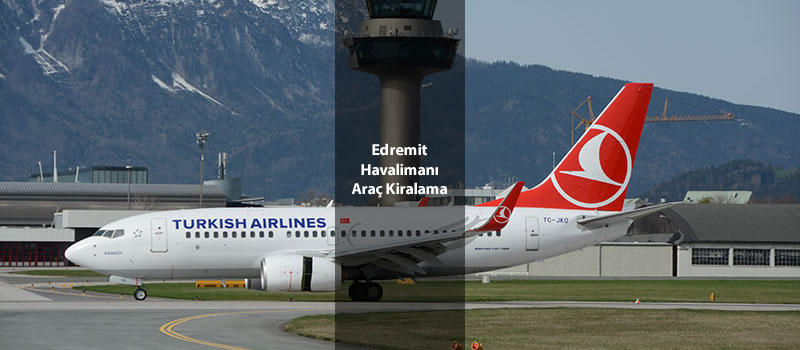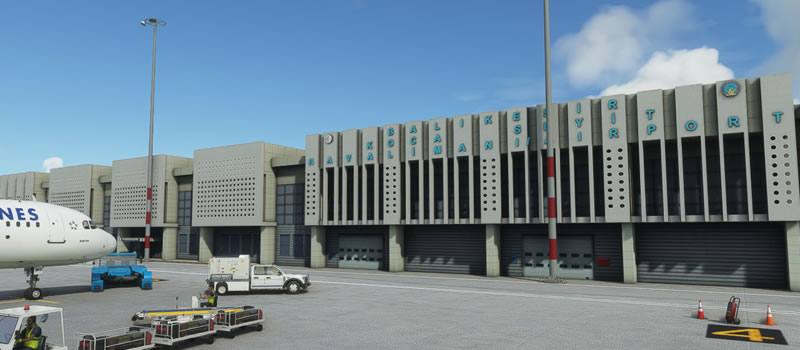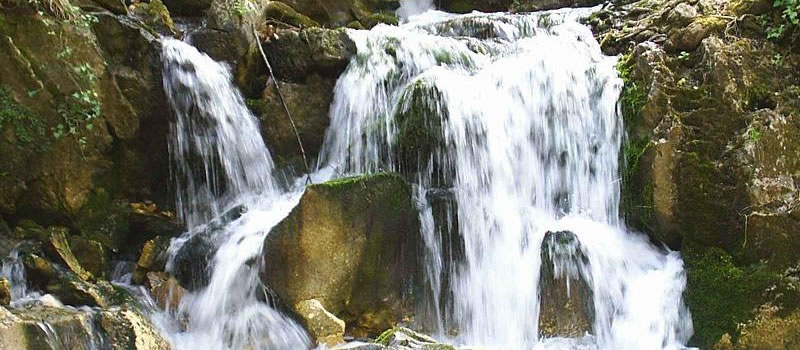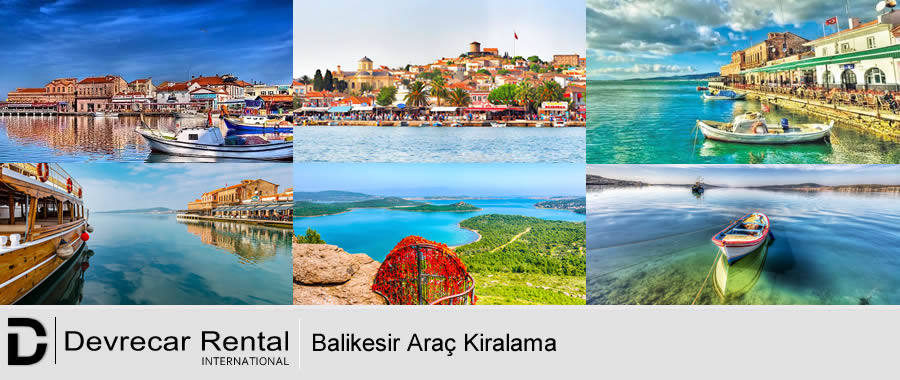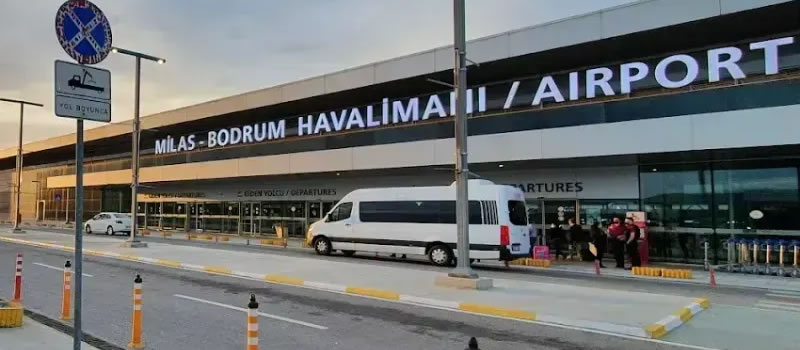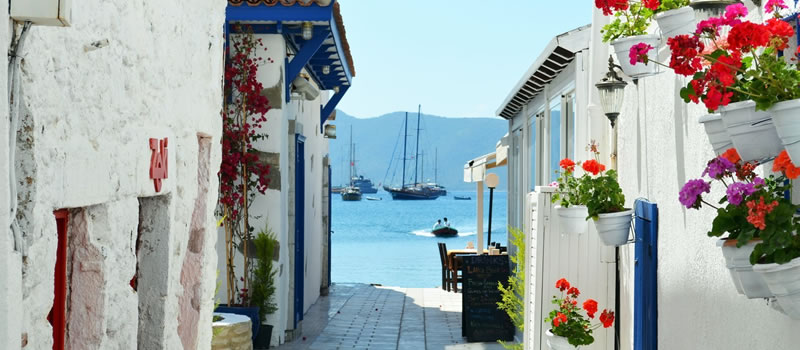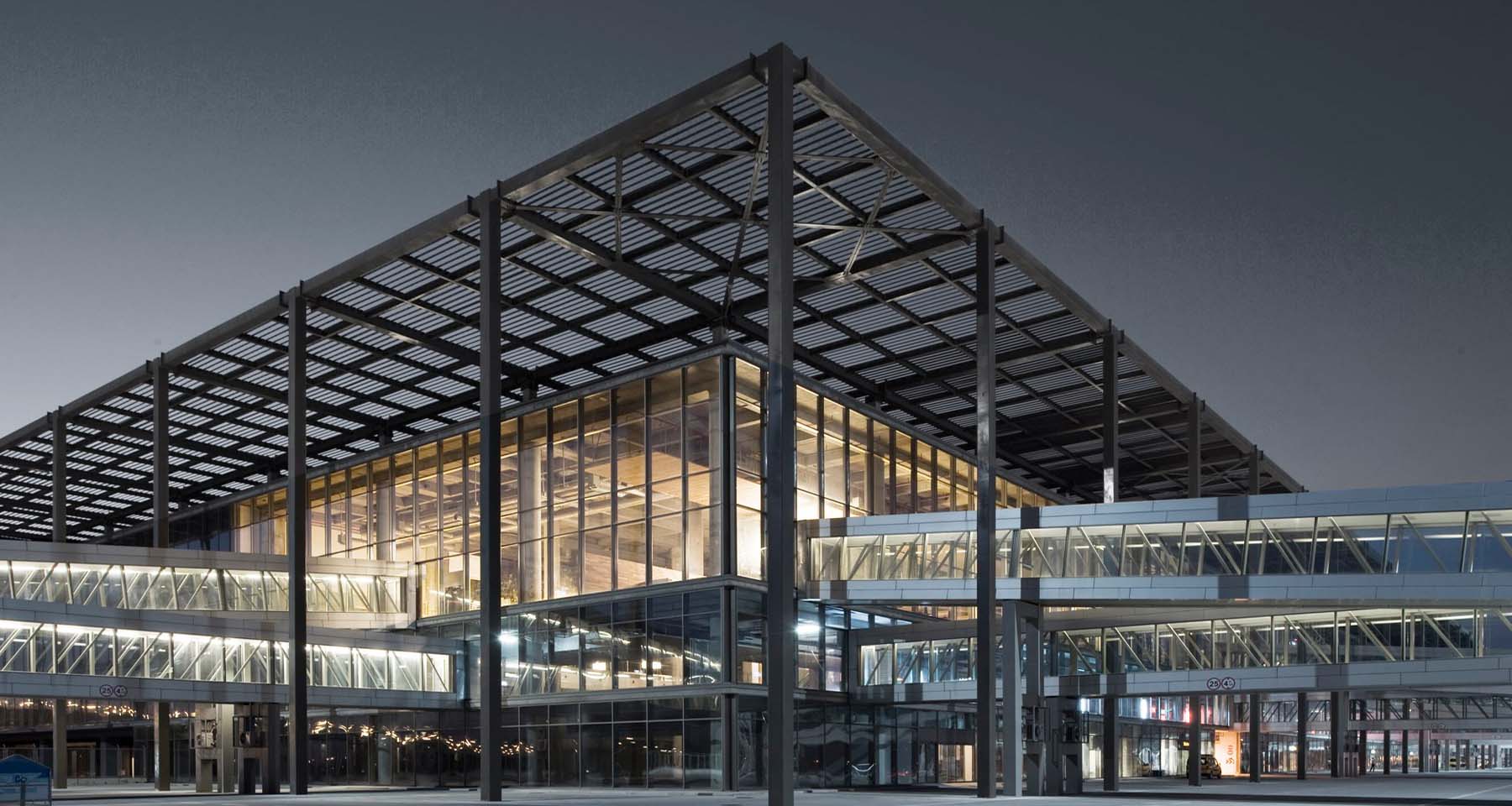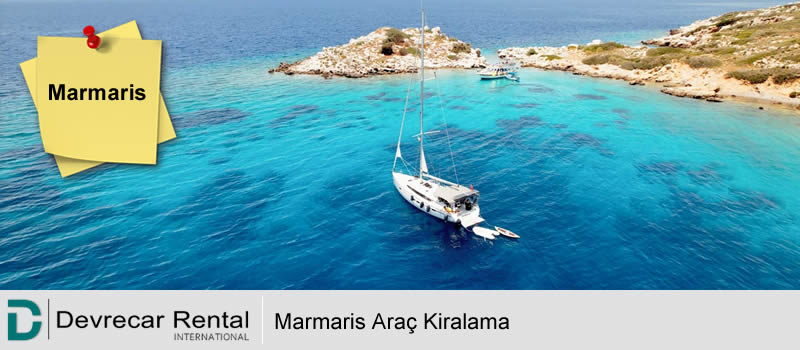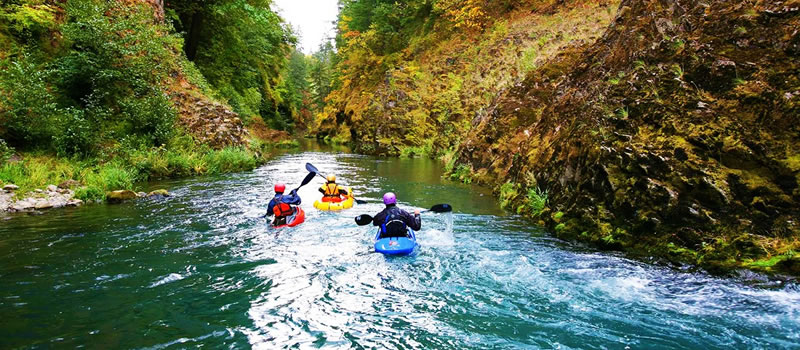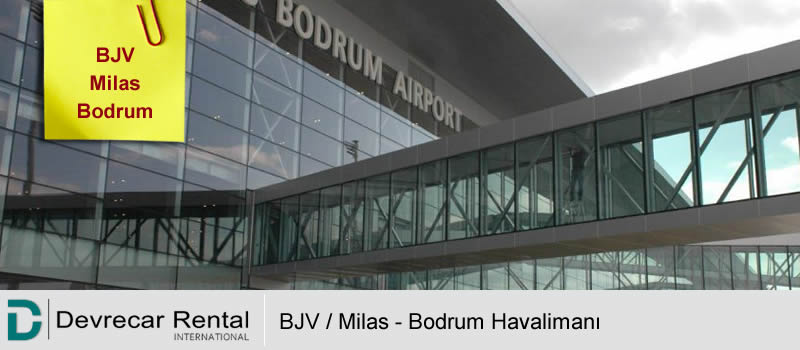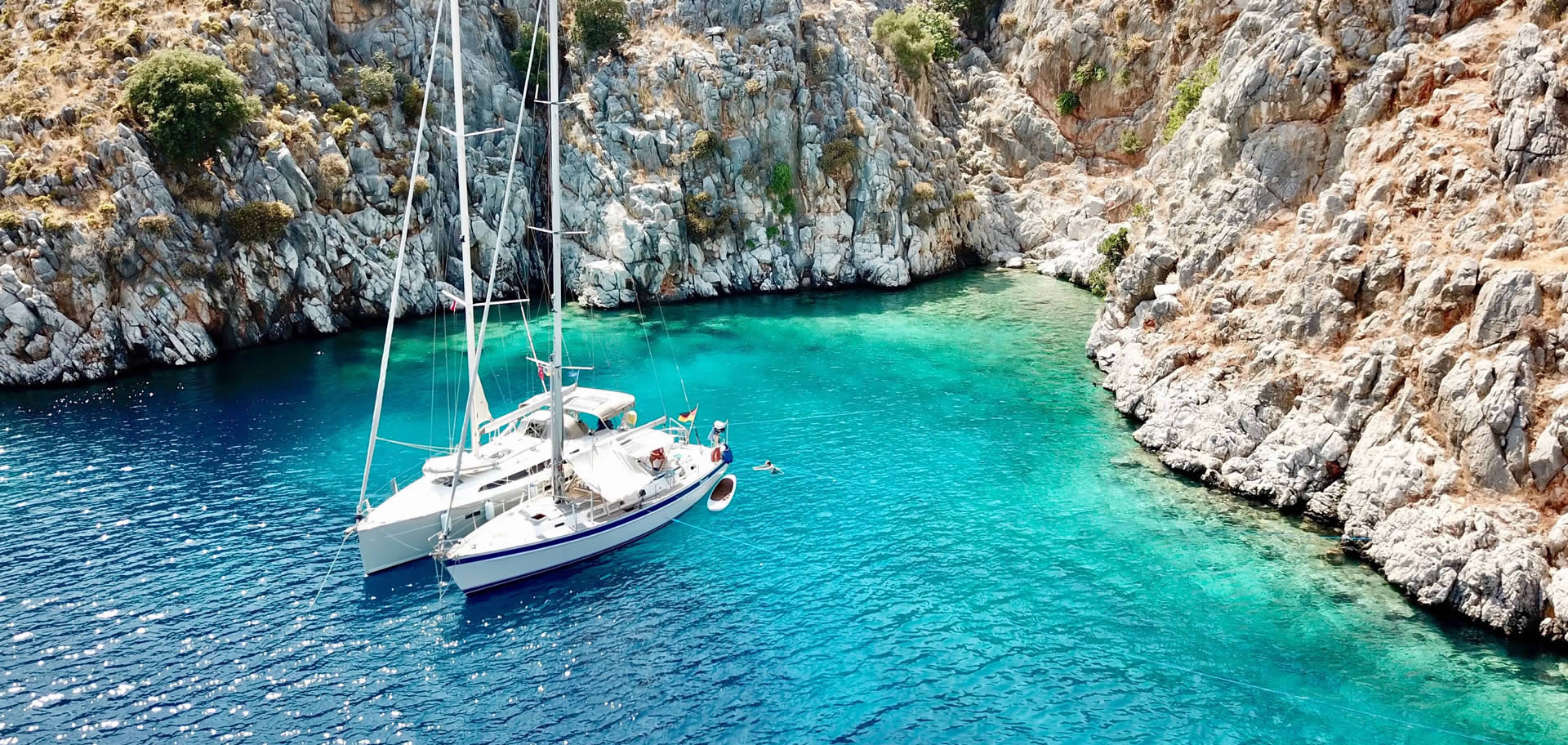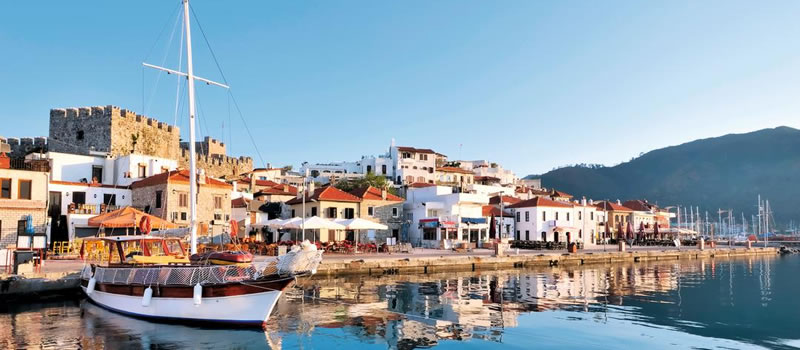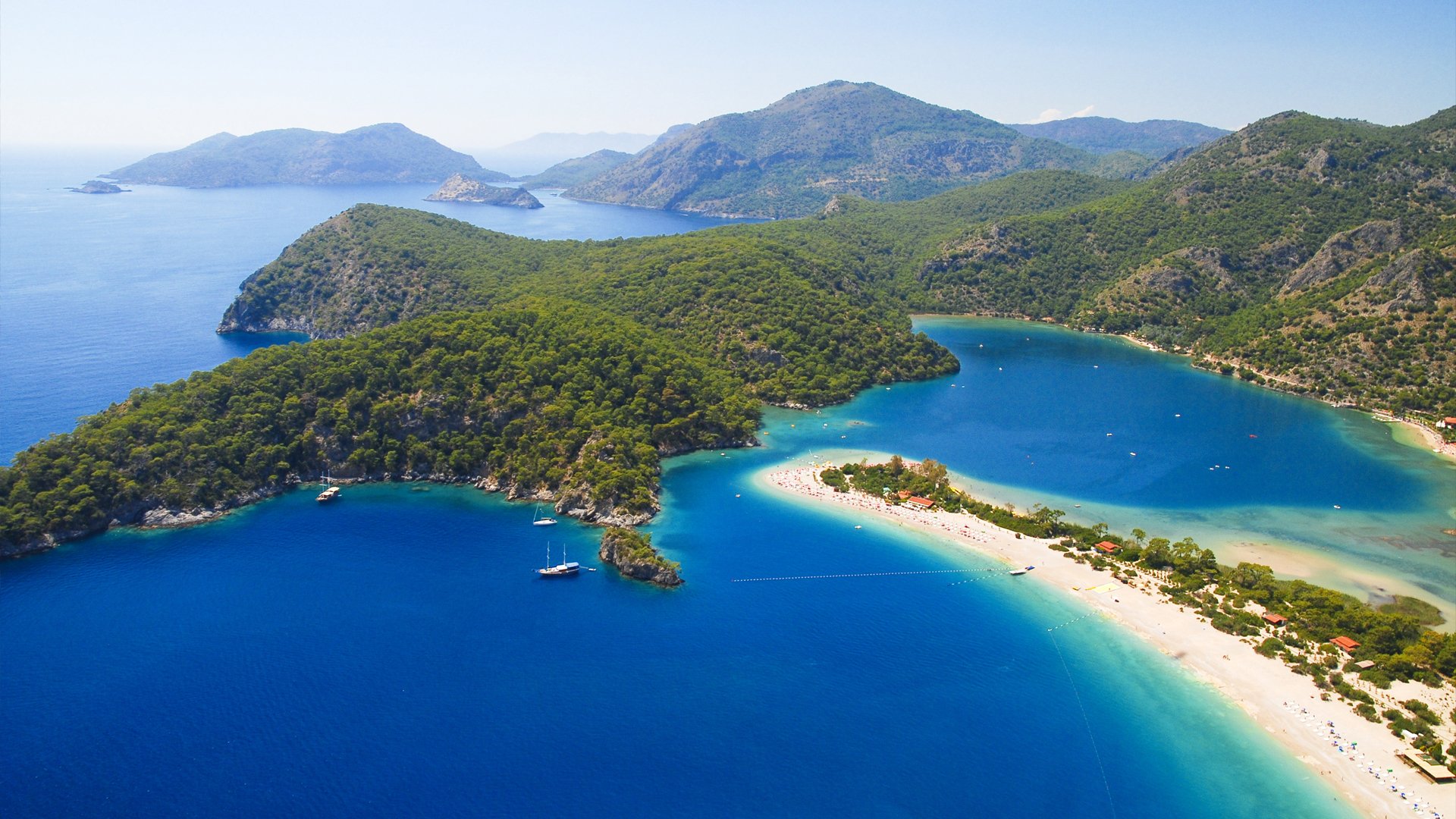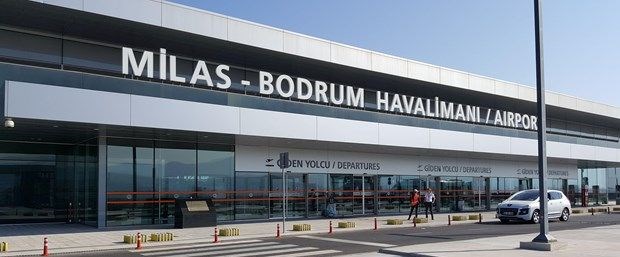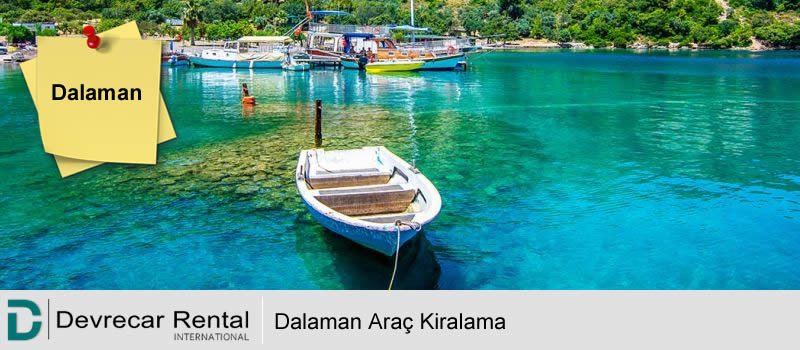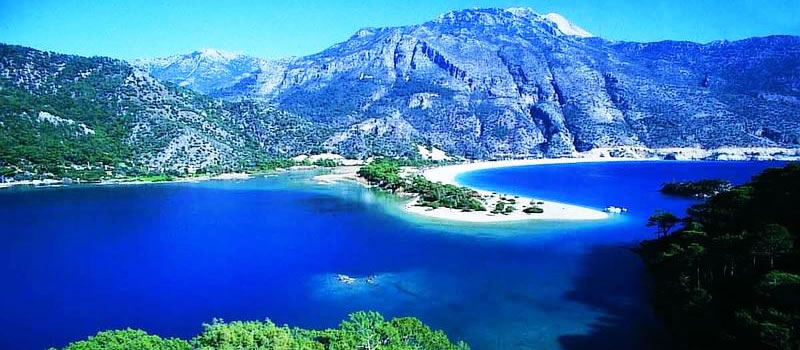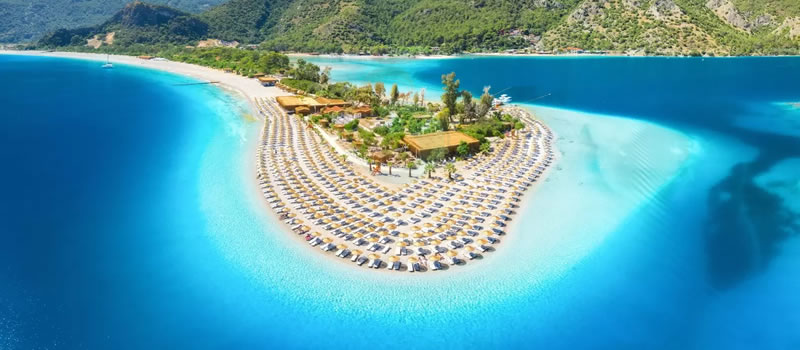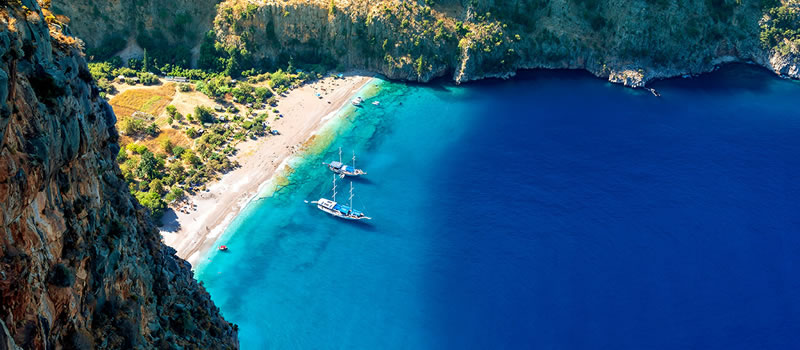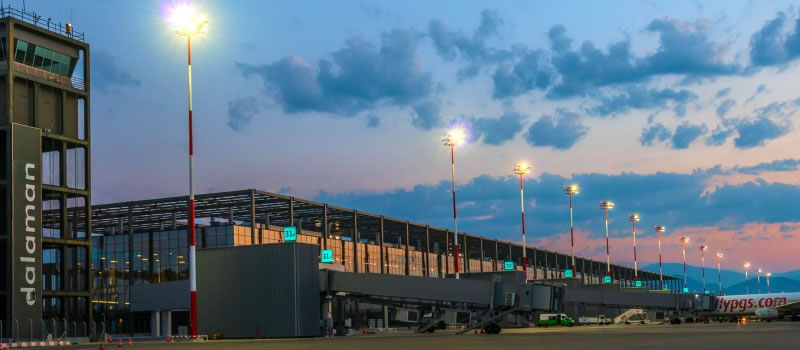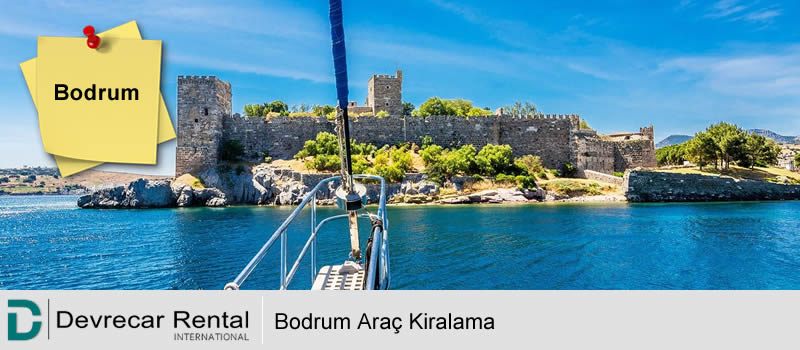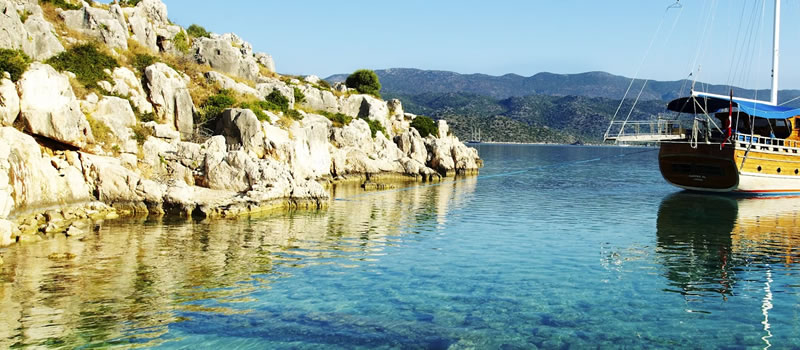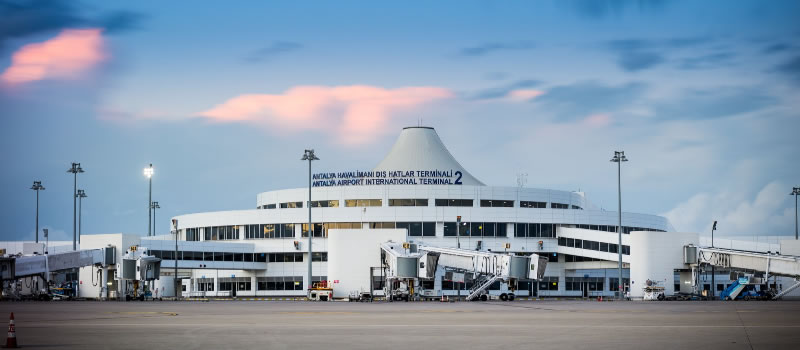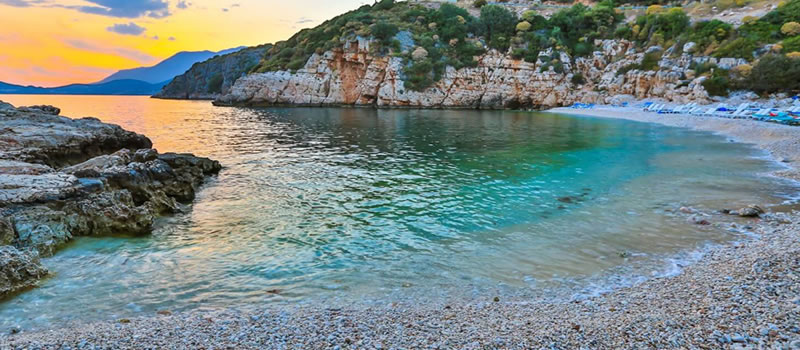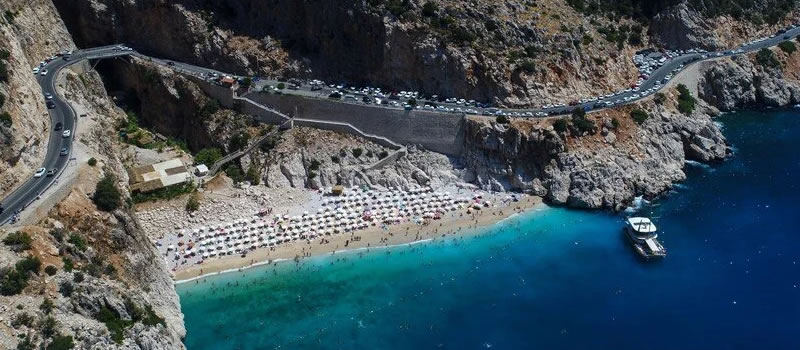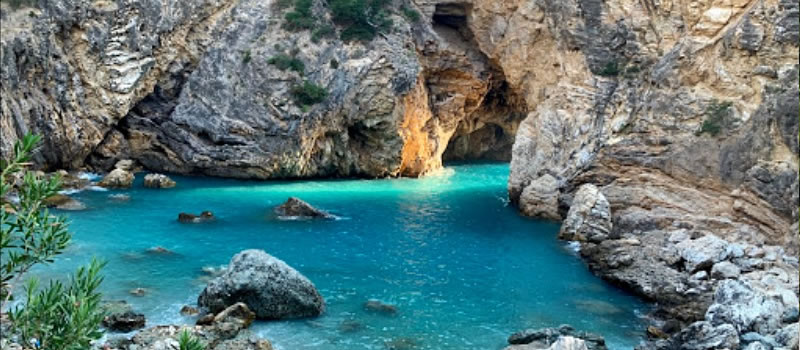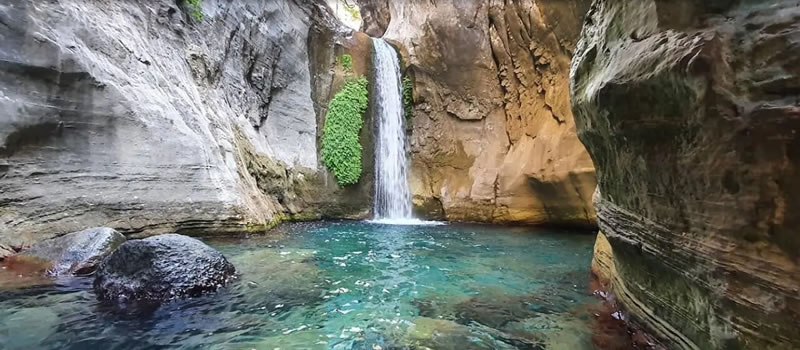Urla'da Araç Kiralama ve Rent a Car Hizmeti Keşfedilecek Tarihi ve Doğal Güzellikler
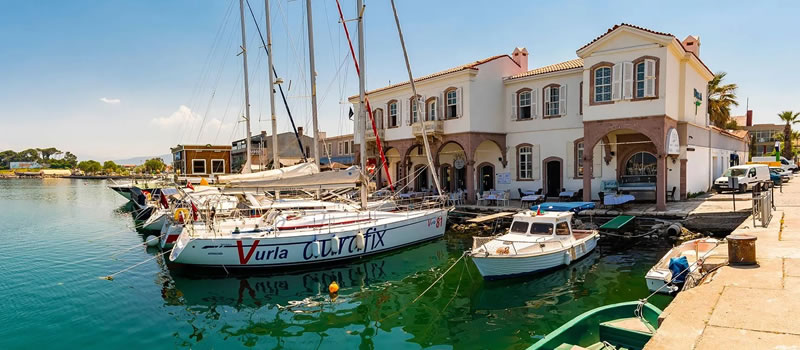
İzmir’in saklı cennetlerinden biri olan Urla, hem tarihi dokusu hem de doğal güzellikleri ile ziyaretçilerine eşsiz bir deneyim sunar. Urla’da araç kiralayarak bu benzersiz rotaları özgürce keşfetmek, gezginlere konforlu ve keyifli bir yolculuk sağlar. İşte Urla’da araç kiralama rehberi ve keşfedilecek en güzel noktalar!
Urla, geniş bir alana yayıldığı için araç kiralamak, keşif rotalarınızı daha verimli hale getirir. İzmir Adnan Menderes Havalimanı’ndan veya doğrudan Urla’dan araç kiralayarak, bölgedeki koylara, köylere ve tarihi mekânlara rahatça ulaşabilirsiniz.
Urla, Antik Çağ’dan günümüze kadar birçok medeniyete ev sahipliği yapmış bir bölgedir. Aynı zamanda doğasıyla da büyüleyici manzaralar sunar. İşte Urla’da mutlaka görülmesi gereken yerler:
Klazomenai Antik Kenti
Urla’nın en önemli tarihi değerlerinden biri olan Klazomenai Antik Kenti, İyon uygarlığının 12 önemli kentinden biridir. Özellikle antik zeytinyağı işliği ve mozaik kalıntıları oldukça etkileyicidir. Araçla kolayca ulaşabileceğiniz bu alan, tarih meraklıları için kaçırılmaması gereken bir duraktır.
Sanat Sokağı
Urla merkezinde bulunan Sanat Sokağı, tarihi taş binaları, sanat atölyeleri ve yerel lezzetleri ile ünlüdür. Burada el yapımı seramikler ve sanat eserleri görebilir, şirin kafelerde vakit geçirebilirsiniz.
Urla Bağ Yolu
Ege’nin ünlü şarap bağları arasında yer alan Urla Bağ Yolu, şarap severler için harika bir durak. Bölgedeki şaraphaneleri ziyaret ederek bağ gezilerine katılabilir, lezzetli şarapları deneyimleyebilirsiniz.
Karantina Adası
Tarihi öneme sahip Karantina Adası, Osmanlı döneminde bulaşıcı hastalıklarla mücadelede kullanılmıştır. Bugün ise doğa yürüyüşleri ve tarih keşfi yapmak isteyenler için keyifli bir nokta.
Demircili Koyu ve Altınköy Plajı
Urla’nın en güzel koylarından biri olan Demircili Koyu ve Altınköy Plajı, berrak deniziyle dikkat çeker. Araç kiralayarak bu koylara ulaşabilir ve sakin bir doğa içinde denizin tadını çıkarabilirsiniz.
Barbaros Köyü
Barbaros Köyü, geleneksel taş evleri ve sanat festivalleriyle ünlüdür. "Oyuk Festivali" gibi etkinlikleriyle de bilinen bu köy, otantik bir Ege deneyimi sunar.
Urla, tarihi ve doğal güzellikleriyle keşfedilmeyi bekleyen bir cennet. Araç kiralayarak özgürce gezmek, bu güzel beldeyi daha yakından tanıma fırsatı sunar. Antik kentlerden sanat sokaklarına, eşsiz koylardan bağ rotalarına kadar Urla’da keşfedilecek çok şey var. Yolculuğunuzu planlarken erken rezervasyon yapmayı ve rotanızı önceden belirlemeyi unutmayın!
Urla, geniş bir alana yayıldığı için araç kiralamak, keşif rotalarınızı daha verimli hale getirir. İzmir Adnan Menderes Havalimanı’ndan veya doğrudan Urla’dan araç kiralayarak, bölgedeki koylara, köylere ve tarihi mekânlara rahatça ulaşabilirsiniz.
Urla’da Keşfedilecek Tarihi ve Doğal Güzellikler
Urla, Antik Çağ’dan günümüze kadar birçok medeniyete ev sahipliği yapmış bir bölgedir. Aynı zamanda doğasıyla da büyüleyici manzaralar sunar. İşte Urla’da mutlaka görülmesi gereken yerler:
Klazomenai Antik Kenti
Urla’nın en önemli tarihi değerlerinden biri olan Klazomenai Antik Kenti, İyon uygarlığının 12 önemli kentinden biridir. Özellikle antik zeytinyağı işliği ve mozaik kalıntıları oldukça etkileyicidir. Araçla kolayca ulaşabileceğiniz bu alan, tarih meraklıları için kaçırılmaması gereken bir duraktır.
Sanat Sokağı
Urla merkezinde bulunan Sanat Sokağı, tarihi taş binaları, sanat atölyeleri ve yerel lezzetleri ile ünlüdür. Burada el yapımı seramikler ve sanat eserleri görebilir, şirin kafelerde vakit geçirebilirsiniz.
Urla Bağ Yolu
Ege’nin ünlü şarap bağları arasında yer alan Urla Bağ Yolu, şarap severler için harika bir durak. Bölgedeki şaraphaneleri ziyaret ederek bağ gezilerine katılabilir, lezzetli şarapları deneyimleyebilirsiniz.
Karantina Adası
Tarihi öneme sahip Karantina Adası, Osmanlı döneminde bulaşıcı hastalıklarla mücadelede kullanılmıştır. Bugün ise doğa yürüyüşleri ve tarih keşfi yapmak isteyenler için keyifli bir nokta.
Demircili Koyu ve Altınköy Plajı
Urla’nın en güzel koylarından biri olan Demircili Koyu ve Altınköy Plajı, berrak deniziyle dikkat çeker. Araç kiralayarak bu koylara ulaşabilir ve sakin bir doğa içinde denizin tadını çıkarabilirsiniz.
Barbaros Köyü
Barbaros Köyü, geleneksel taş evleri ve sanat festivalleriyle ünlüdür. "Oyuk Festivali" gibi etkinlikleriyle de bilinen bu köy, otantik bir Ege deneyimi sunar.
Urla, tarihi ve doğal güzellikleriyle keşfedilmeyi bekleyen bir cennet. Araç kiralayarak özgürce gezmek, bu güzel beldeyi daha yakından tanıma fırsatı sunar. Antik kentlerden sanat sokaklarına, eşsiz koylardan bağ rotalarına kadar Urla’da keşfedilecek çok şey var. Yolculuğunuzu planlarken erken rezervasyon yapmayı ve rotanızı önceden belirlemeyi unutmayın!


